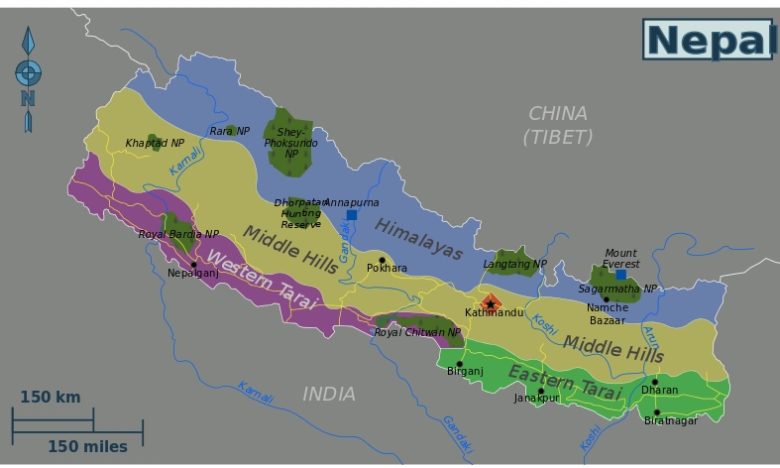NEPAL, April 20, 20223 (ORF online, by Hari Bansh Jha): Recently, Nepal’s Central Bureau of Statistics released its 12th National Census in the presence of Prime Minister Pushpa Kamal Dahal. It showed that Nepal’s total population in November 2021 had risen to 29.2 million from 26.4 million in 2011. Despite the rise in population, the rate of growth fell perceptibly to 0.92 percent in 2021 from 1.35 percent in 2011. The growth rate of the population in the country is even lower than the global average of 1.01 percent (2020). In fact, the rate of growth of the population in Nepal in 2021 is the lowest it has ever been since the country started taking the population census in 1911.
Several factors are responsible for the decline in the rate of growth of population in the country. Over the years, the literacy rate has increased to 76.3 percent, which led to a rise in the level of awareness of the people. People now give more importance to their living standards rather than giving birth to (more) children. Additionally, the population also declined on account of factors like the outmigration of youth from the country, increase in the cost of child-rearing, greater participation of women in the workforce, and delayed age for marriage. Thus, in several ways, the new 2021 census data in Nepal is an eye-opener as it has brought to the surface many serious issues like an aging population, depopulation of several mountain and hill regions, overpopulation of the Terai region, inundation, and desertification of agricultural land. More useful information would have been gathered if the census data had also come out with figures on other important aspects such as ethnicity, language, and religion. Nevertheless, it has given planners and policymakers enough on their plates to formulate policies and strategies to address the emerging challenges related to a changing demographic.
Much more at source.
https://www.orfonline.org/expert-speak/new-census-data-creates-ripples-in-nepal/
A daily summary of world news for Hindus and non-Hindus alike

